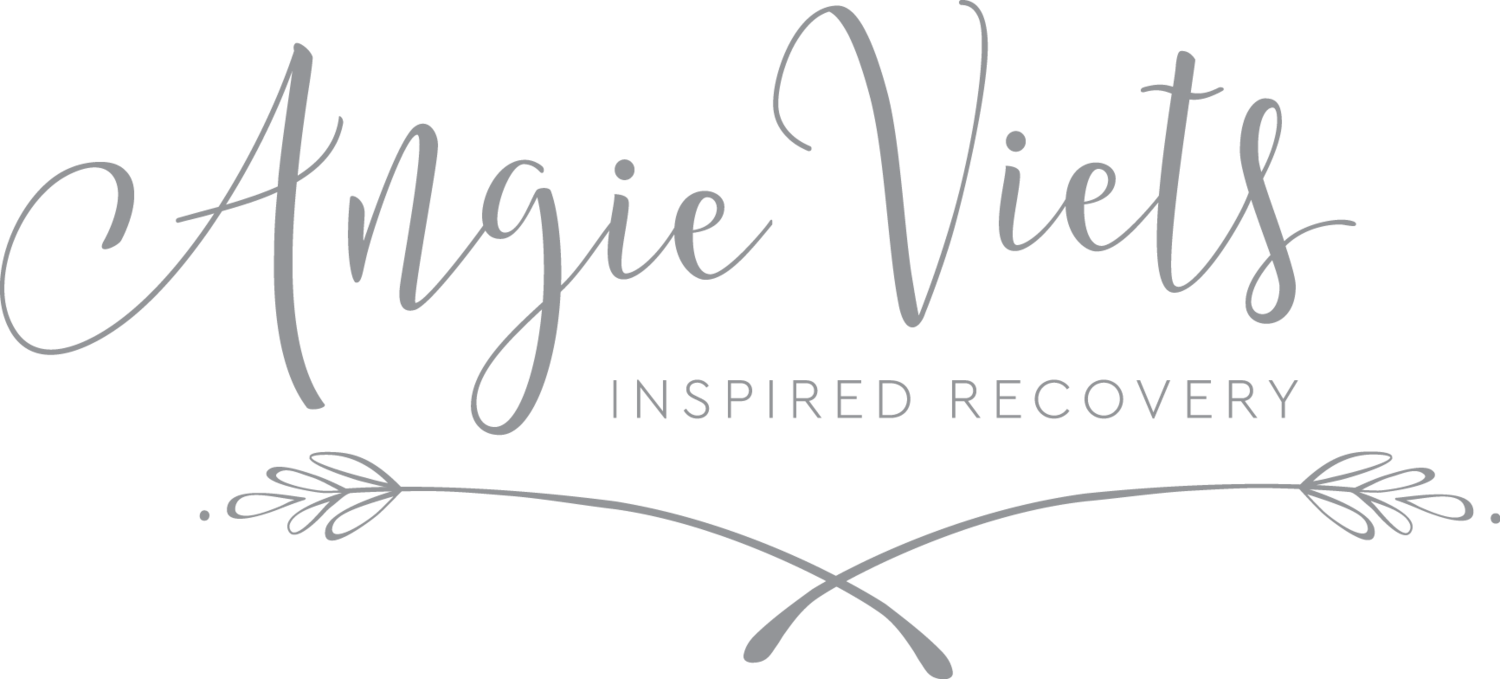In this lifetime you will lose yourself, again and again. You will lose yourself in your work, your role as a parent, spouse, or caregiver. You may lose yourself to an illness, a substance, or an abusive relationship. When you lose someone you love, whether that’s due to a break-up, divorce, or death, you lose parts of yourself too...
The experience of trauma and abandonment often result in such identity disturbances that retrieving the ‘you’ that you once embodied, can be incredibly complex and painful. This is especially true if the person lost parts of themselves during childhood. Sadly, this is why so many of us disconnect through alcohol, drugs, eating disorders, unhealthy relationships, self-harm and other impulsive behaviors in an attempt to bury the pain, as well as cope with the uncertainty of not knowing who you are anymore.
Two of the most common methods for managing the anxiety/sadness around being lost are screens and food. Binging on food, social media, reality TV shows, or Netflix may feel good in the moment, but it only serves to further derail you, and to ensure that you will continue to stay lost. Food is an effective way to disconnect and numb yourself from the discomfort experienced; it’s fast, convenient, relatively cheap and legal. However, once the numbing effect that food has on the brain wears off, you will find shame lurking around the corner to engulf you. The incessant scrolling on our devices can only keep you from you for so long. But then what? We know these aren’t ideal long-term solutions; it’s like putting a band-aid on a recently amputated limb. Eventually you will bleed out and go completely unconscious, or have you already?
In my psychotherapy practice I hear the following phrases repeated over and over: “I just don’t even know who I am anymore? Who is this person? How did I get here? How did I become…this?” Despair, confusion and sadness cast shadows on who they were and who they want to be. They say: “I want to feel like me again.” The art of psychotherapy is guiding the process of reconnecting your patient to the self that was lost and then helping them to reclaim themselves in new and powerful ways.
Sometimes, when a person is so deeply lost, I guide them back to their ‘little-self’ and we explore what that child-like version of themselves once loved without even having to think about it. Do you remember that? You just sort of bumbled around your room or backyard from one activity to another. That’s the beauty of small children, they are always in the present moment, never preoccupied or worried about the future or dwelling on the past. A scavenger hunt can provide important clues to who you once were and often reveals your most authentic self.
Once upon a time when I was lost, I embarked on an archeological dig to discover who I used to be, with the hope of finding inspiration to illuminate who I might become. I share this with you as an offering, an example, so you might consider doing the same. So, through old photographs, journal entries and storage containers filled with remnants of my past, I began collecting data and reconnecting with that little part of myself (pre-trauma, pre-eating disorder, pre-self-destructive me). I pretended to be a journalist interviewing people who have known me for a lifetime. With vulnerability I would ask the people who love me, “Tell me about me.” I learned, or rather reconnected with, the following truths about a younger version of me:
1. By the age of two I was mothering my baby brother. I told people he was “my baby.” I recalled going into his room when he was a napping toddler and listening to him breathe and holding his little warm hand – checking on him, as little mother’s must. Later it was my beloved cat, Bobbi, who I would dress up in doll clothes and put in a doll carriage (best cat ever to put up with this). It’s always been clear, my calling is to nurture and care for others. This calling helped save my life. I began the process of interrupting my eating disorder (to reclaim my life) by working with adults who were, and would forever be, severely mentally ill. Getting outside of ME, and giving to someone else, started shifting my sense of self. I started caring for them, which in return allowed me to care for myself. This realization helped shine a light on my purpose, which I always knew was to help others in some way, but I had a clearer vision. Now, I honor that calling by raising my children, and guiding my patient’s to create more meaningful lives.
2. Since birth I’ve organized and decorated my way through any space I’m in. My little pink bedroom was always being organized and rearranged in some way that was fun and new. My baby brother became my first customer, as I would often tidy and organize his room (sadly, it never lasted). I studied interior design in college thinking I needed to turn this calling into a profession. I received validation by people commenting on my apartment, office, or later my home, “Please come decorate and organize my house!” Here’s the important part - I simply do it because I love it. I create environments that help with my primary calling, much like a bird gathering sticks for her nest. In my home, I want my family to feel cozy and content. At work I create an environment that feels like a sacred sanctuary for healing. These organizational skills serve me as a business owner, and as the CEO of my home.
These are just two of the examples I found as I surveyed the land of my childhood. My hope and deep request is that you consider who you were before you were being asked to be anything other than just you; before life and hurt and losses got in the way. See what surfaces right to the top. I want to hear from you to see what you found and how that might translate to either who you are now, or who you want to be.
Love + Light,
Angie









